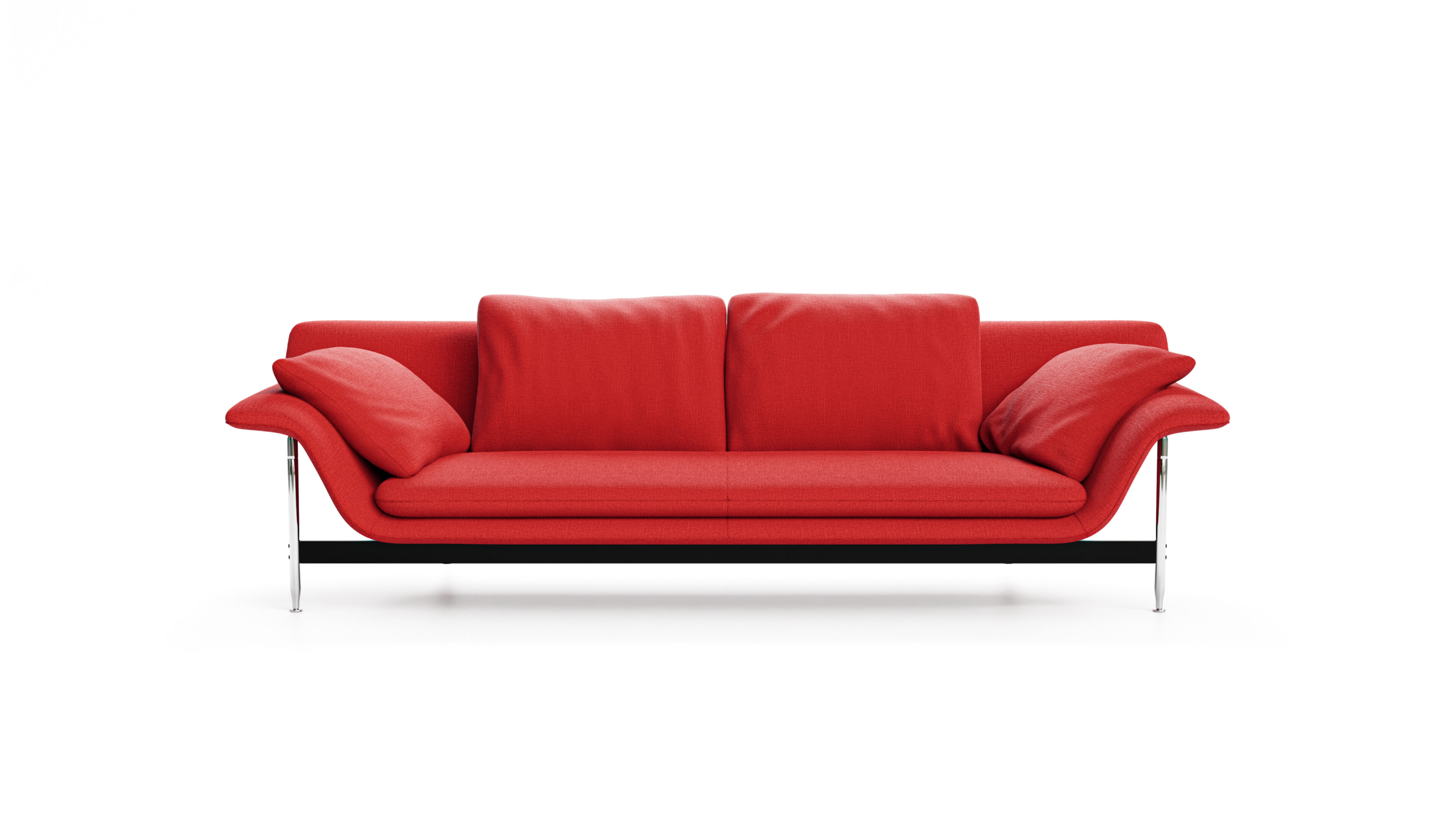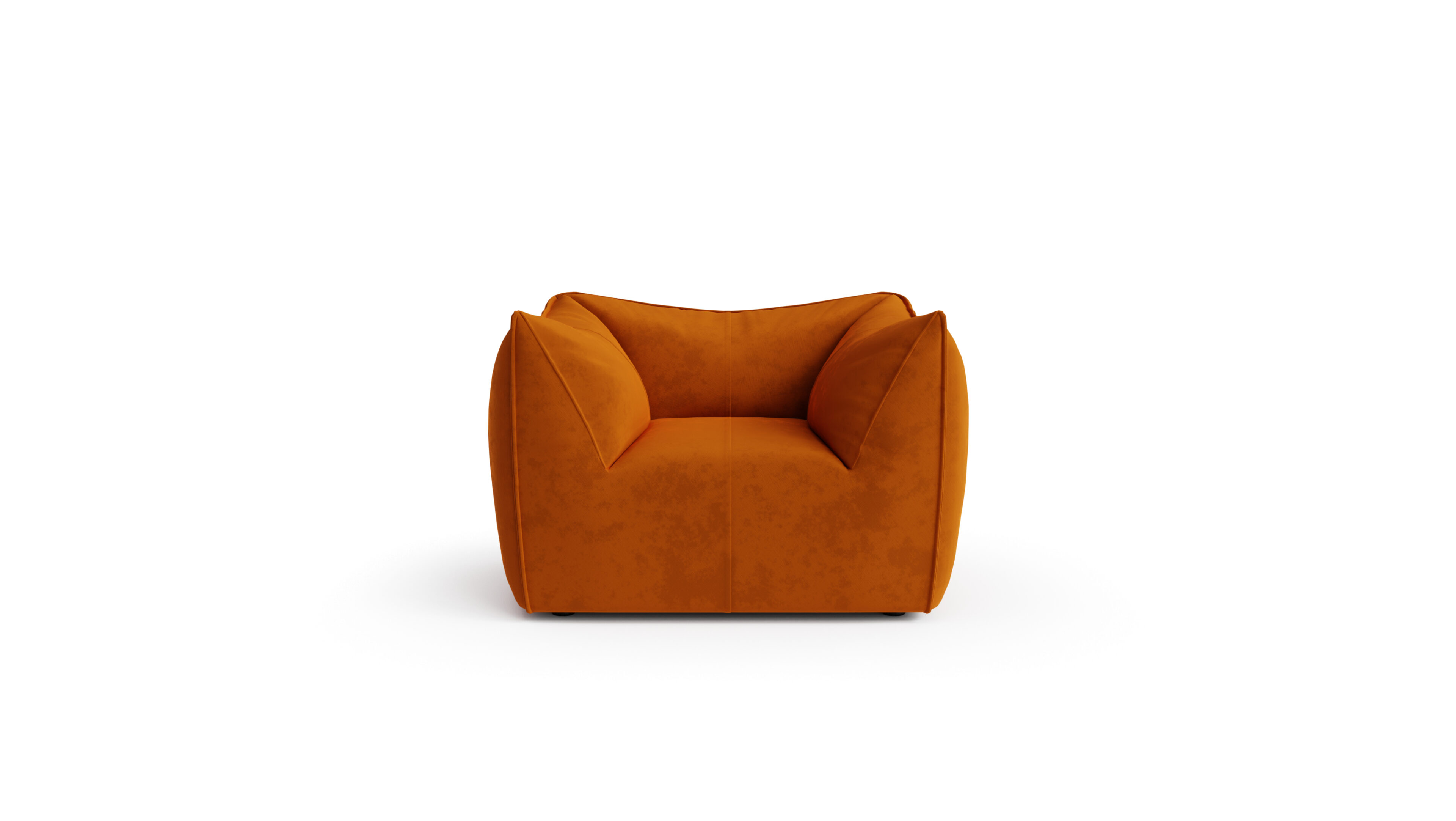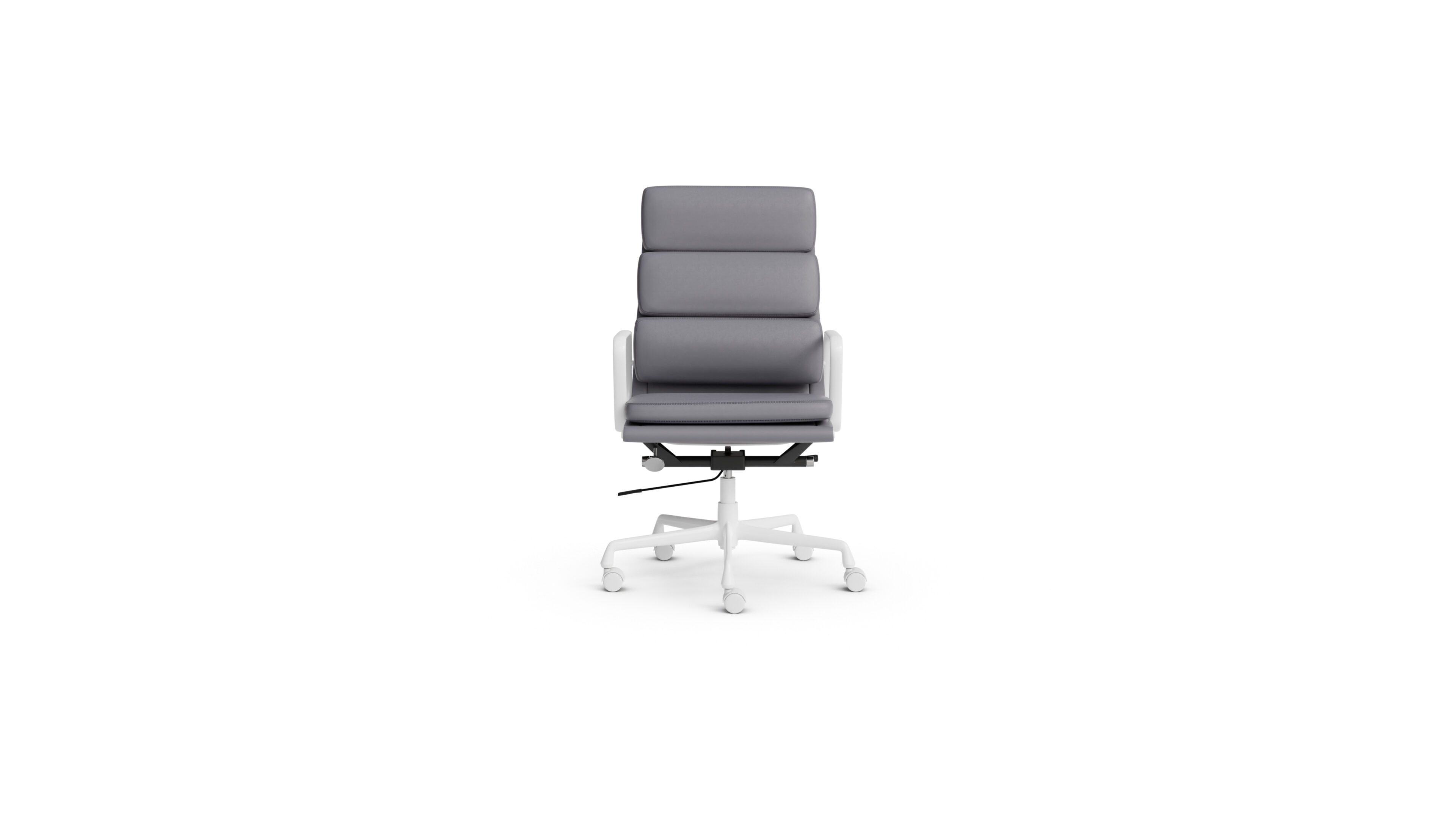
Hans J. Wegner Biography
Hans J. Wegner (1914-2007) was a renowned Danish furniture designer, celebrated for his contributions to mid-century modern design and his mastery of furniture craftsmanship. Born in Tønder, Denmark, Wegner’s designs were characterized by their organic functionality, a blend of traditional woodworking techniques and modernist principles. His work was marked by an emphasis on functionality and a deep respect for the materials, often working with wood, plywood, metal, caning, and papercord. Wegner’s designs, including the iconic Wishbone Chair and Shell Chair, have become symbols of Danish design, embodying the country’s reputation for high-quality, modern furniture that balances human values with modernity. His influence on furniture design was profound, with his works exhibited in major institutions worldwide, such as The Museum of Modern Art in New York and Die Neue Sammlung in Munich.
Early Life and Education
Hans Wegner was born in Tønder, a town in southern Denmark, in 1914. His father was a cobbler, and Wegner began his career as an apprentice to a cabinetmaker. This early exposure to woodworking would later significantly influence his furniture designs. After his apprenticeship, Wegner moved to Copenhagen to further his education. He attended the Technological Institute in Copenhagen, where he studied joinery, and then the Danish School of Arts and Crafts (Danmarks Designskole), where he received an architectural education. He graduated in 1938, during a time when the influence of the German Bauhaus and its emphasis on functionalism and new materials like tubular steel and bent plywood was strong. However, Wegner chose to retain his interest in traditional, solid, carved wood, merging the elegance and simplicity of functionalism with his love for natural materials.
Career and Achievements
After graduating, Wegner began his career in furniture design, working initially for Johannes Hansen’s Mobelsnedkeri A/S. He also worked as an assistant to architects Arne Jacobsen and Erik Møller, contributing to the design of the Århus city hall. In 1943, Wegner established his own design office in Gentofte, marking the beginning of his independent career.
Wegner’s designs were innovative, experimenting with different shapes and forms, and pushing forward the technical aspects of production. His first significant design was the Chinese Chair series, inspired by the thrones of Chinese emperors. The most famous chair in this series, the Wishbone Chair, was mass-produced by Carl Hansen & Sons. Like many of his furniture pieces, the chair was characterized by traditional joinery techniques and sculpted elements.
Wegner’s career was marked by numerous awards and honors. He was appointed an honorary member of the Royal Danish Academy of Fine Arts and received an honorary doctorate from the Royal College of Art in London. He was also the first recipient of the Lunning Prize and received the 8th International Design Award in Osaka, Japan.
Wegner’s designs, particularly the Wishbone Chair and the Round Chair, have become iconic symbols of Danish design. The Round Chair, designed in 1949, was so influential that it was chosen to seat Richard Nixon and John F Kennedy during their 1960 US presidential debate.
Despite his success, Wegner remained a craftsman at heart. He worked closely with highly skilled artisans, sketching, modeling, and creating finished prototypes. This approach, which combined the skills of an architect and a craftsman, was characteristic of Danish design at the time and continues to define it today.
Signature Designs
Wegner’s signature designs are a testament to his mastery of woodworking and his commitment to functionality and comfort. His designs are characterized by their organic shapes, traditional joinery techniques, and sculpted elements.
1. Wishbone Chair (1949): Characterized by its Y-shaped backrest and hand-woven paper cord seat.
2. Shell Chair (1963): Known for its unique curved shape and surprising comfort.
3. Wing Chair (1960): An upholstered piece with high back and winged sides for privacy.
4. Mama Bear Chair (1951): Named for its distinctive armrests resembling bear paws.
5. Ladderback Chair (1966): Featuring a backrest made of horizontal slats resembling a ladder.
Design Philosophy and Approach
Wegner’s design philosophy centered on organic functionality and a deep respect for materials. He believed in creating furniture that was not only aesthetically pleasing but also comfortable and functional. His approach combined traditional woodworking techniques with modernist principles, resulting in pieces that were both innovative and timeless.
A key aspect of Wegner’s work was his attention to detail and his hands-on approach to design. He often worked closely with skilled craftsmen, personally involved in the process from sketching to prototyping. This collaborative approach allowed him to push the boundaries of what was possible with wood and other materials.
Wegner also placed great emphasis on the relationship between form and function. He believed that a chair should not only be beautiful but also provide excellent support and comfort. This principle is evident in designs like the Shell Chair, which combines a striking visual form with ergonomic comfort.
Legacy and Influence
Wegner’s influence on furniture design is profound. His designs have become symbols of Danish design, embodying the country’s reputation for high-quality, modern furniture that balances human values with modernity. His work has influenced countless designers, who have drawn inspiration from his commitment to functionality, his mastery of woodworking, and his ability to merge form and function.
Wegner’s designs continue to be celebrated today. His pieces are included in the collections of major institutions around the world, such as The Museum of Modern Art in New York and Die Neue Sammlung in Munich. His designs, particularly the Wishbone Chair and the Shell Chair, continue to be produced, testament to their timeless appeal.
Wegner’s approach to design, which combined the skills of an architect and a craftsman, continues to define Danish design. His commitment to functionality, his respect for materials, and his belief in the importance of craftsmanship continue to inspire designers today.
Hans Wegner FAQs
What was Hans Wegner known for?
Hans Wegner was known for his contributions to mid-century modern design and his mastery of furniture craftsmanship. His designs, including the iconic Wishbone Chair and Shell Chair, have become symbols of Danish design.
Who invented the Wishbone Chair?
The Wishbone Chair was invented by Hans Wegner. It was first produced in 1949 and continues to be produced today.
What is the Shell Chair?
The Shell Chair is one of Hans Wegner’s most iconic designs. Introduced in 1963, the chair is known for its unique, curved three-legged design and its comfortable seating experience. The chair’s design showcases Wegner’s mastery of form and function.
What materials did Hans Wegner commonly use in his designs?
Hans Wegner was known for his exceptional craftsmanship and his use of natural materials. He often used wood, particularly oak, teak, and beech, in his designs. His furniture pieces showcase his ability to highlight the natural beauty of these materials.
What is Danish Design?
Danish design is a style of functionalistic design and architecture that was developed in the mid-20th century. Influenced by the modernist principles of the Bauhaus school, Danish design emphasizes functionality, simplicity, and natural materials. Hans Wegner is one of the most prominent figures in Danish design.































































